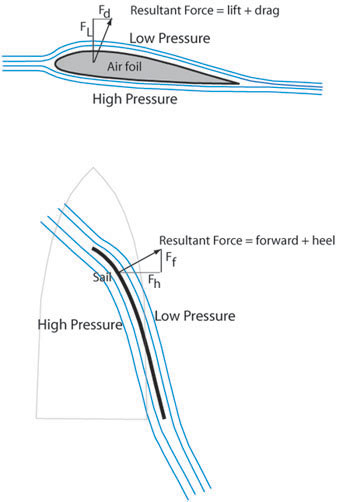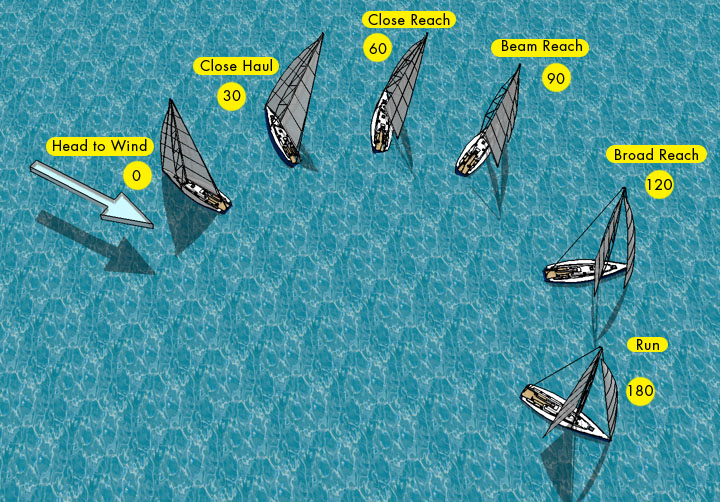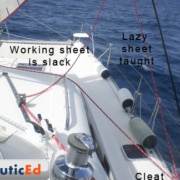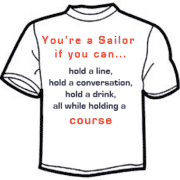Learn to Sail
Just how hard is it to learn to sail. I meet people on airplanes all the time and their comment is many times “sailing? Isn’t that hard”. Well, was it hard learning to ride a bike? Kinda. Is it easy riding a bike now? well … yes.
So learning to sail is similar. There are theory elements and practical elements in learning to sail. Some of the theory is rules of the road etc but some is also understanding the winds flow over the sails. And for some, that topic is more exciting than for others, but in order for you to move a boat through the water under sail, one must realize that the wind pushes and pulls the boat along depending on the angle that the boat is presented to the wind. It’s a concept that is easily understood with just a bit of study.
Most people can understand the wind flow over a wing. Below we are relating that same effect to a sail.
This is the principle of how a sailboat can head upwind. It uses the low pressure on the leeward side of the sail to pull the boat upwind much like an airplane rises into the sky.
In learning to sail then, one just has to fundamentally realize that the way that the sails are presented to the wind gives rise to force on the sails which is transferred to the boat.
When going downwind, you might liken the effect to trying to hold a sheet of plywood in the wind. The wind would have it’s greatest effect on the plywood when it was perpendicular to the wind. So in the same way , when going down wind you want as much of that sail presented perpendicular to the wind a s possible. IE let the sails out square to the wind.
A general rule of thumb then is shown in this graphic where you can see that the further down wind the boat sails, the further out the sails are set.
Almost all other principles of sailing build upon this above. If you can understand the above, it’s not too hard to learn to sail.
If you liked this article, please Share it or Digg it below. It helps spread the word of NauticEd.







